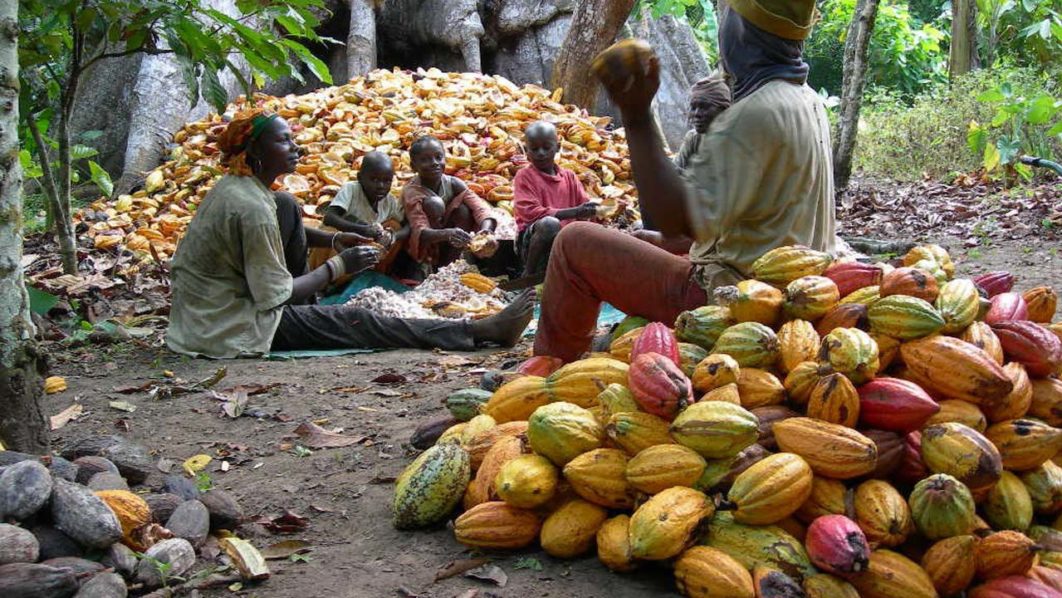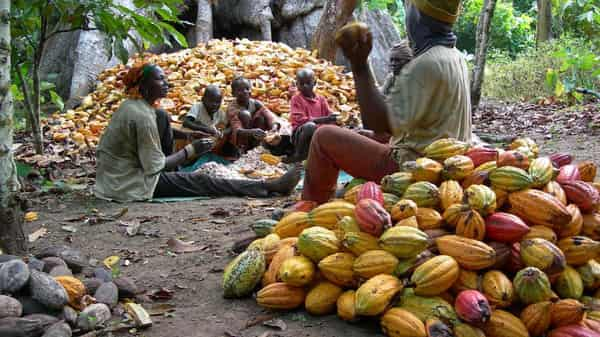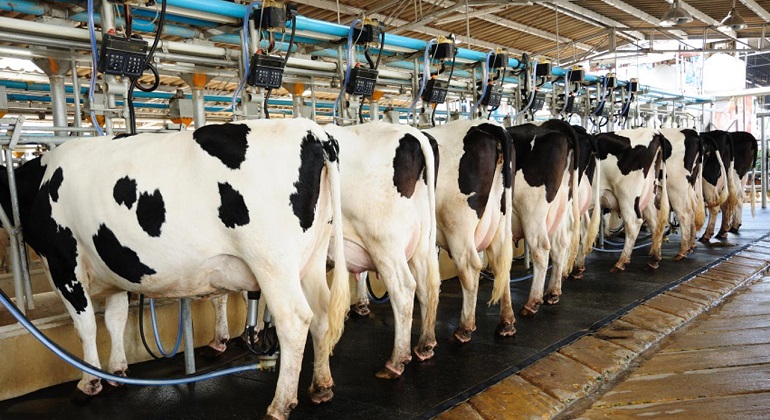 At a time that the rest of the world is prioritising value-addition, rather than raw materials export, Nigeria and other countries have continued to depend on commodities export valued at $4.38 trillion in one year.
At a time that the rest of the world is prioritising value-addition, rather than raw materials export, Nigeria and other countries have continued to depend on commodities export valued at $4.38 trillion in one year.
Despite different policies aimed at industrialisation, non-oil revenue, and local content development, the United Nations, yesterday, showed that the West African region, especially Nigeria, remains notably dependent on commodity export.
Measuring the development from 2008, the report showed that commodity dependence increased by 20 per cent as West Africa still exports 95 per cent of its commodities.
Reportedly, Nigeria exported $33.5 billion worth of raw materials around the globe in 2020. The figure reflects a reduction of 3.6 per cent since 2016 and a decrease of 37.5 per cent from 2019 to 2020.
With crude oil, gas, and cocoa dominating the export, the volatility and vulnerability of the commodities have led to 41.5 per cent depreciation of the naira against the U.S. dollar since 2016 and a decline of 16.9 per cent from 2019 to 2020.
Although political leaders in the country had at several times pledged commitment to industrialisation, insisting “no country has ever become rich by exporting raw materials,” the pledges remain far from reality. A 2014 Nigeria Industrial Revolution Plan (NIRP) did not spark projected optimism.
The fifth edition of the United Nations Conference on Trade and Development (UNCTAD) Commodity Dependence 2021 report noted that commodity dependence increased over the last decade from 93 countries in 2008–2009 to 101 in 2018–2019.
According to the report, the nominal value of world commodity exports reached $4.38 trillion in 2018–2019, a 20 per cent increase compared with 2008–2009.
Commodity Head at UNTAD, Janvier Nkurunziza said commodity dependence makes countries more vulnerable to negative economic shocks.
“It can have a negative impact on export and fiscal revenues and adversely affect a country’s economic development,” Nkurunziza said.
UNCTAD considers a country to be commodity export-dependent when more than 60 per cent of its total merchandise exports are composed of commodities.
The report noted that most countries that were dependent on commodities in 2008–2009 remained so in 2018–2019, adding that commodity dependence tends to mainly affect developing countries, with 87 of them being considered commodity-dependent in 2018-2019
Out of the 101 commodity-dependent countries in 2018–2019, 38 relied on agricultural product exports, 32 on mining exports, and 31 on fuels.
The report added further that commodity export dependence in Africa and Oceania is particularly noteworthy, with more than three-quarters of countries in both regions relying on commodity exports for more than 70 per cent of their total merchandise export revenues.
Commodity export dependence is especially high in Middle Africa and Western Africa, where it is pegged at about 95 per cent. In these sub-regions, all countries were commodity-dependent in 2018–2019, except the Central African Republic.
In South America, all 12 countries had a level of commodity dependence greater than 60 per cent in 2018–2019, and for three-quarters of them, the share of commodity exports out of merchandise exports exceeded 80 per cent, the report said.
Central Asia was the sub-region with the highest level of commodity dependence in Asia, with an average share of commodity exports out of merchandise exports higher than 85 per cent in 2018–2019.






